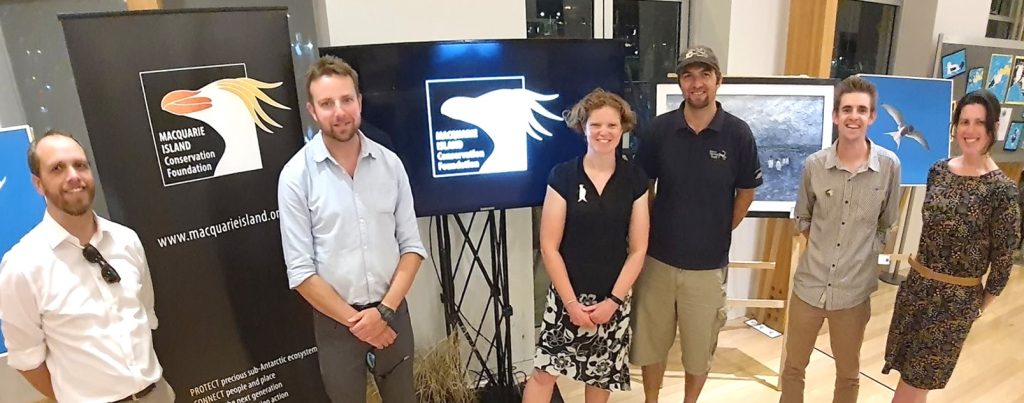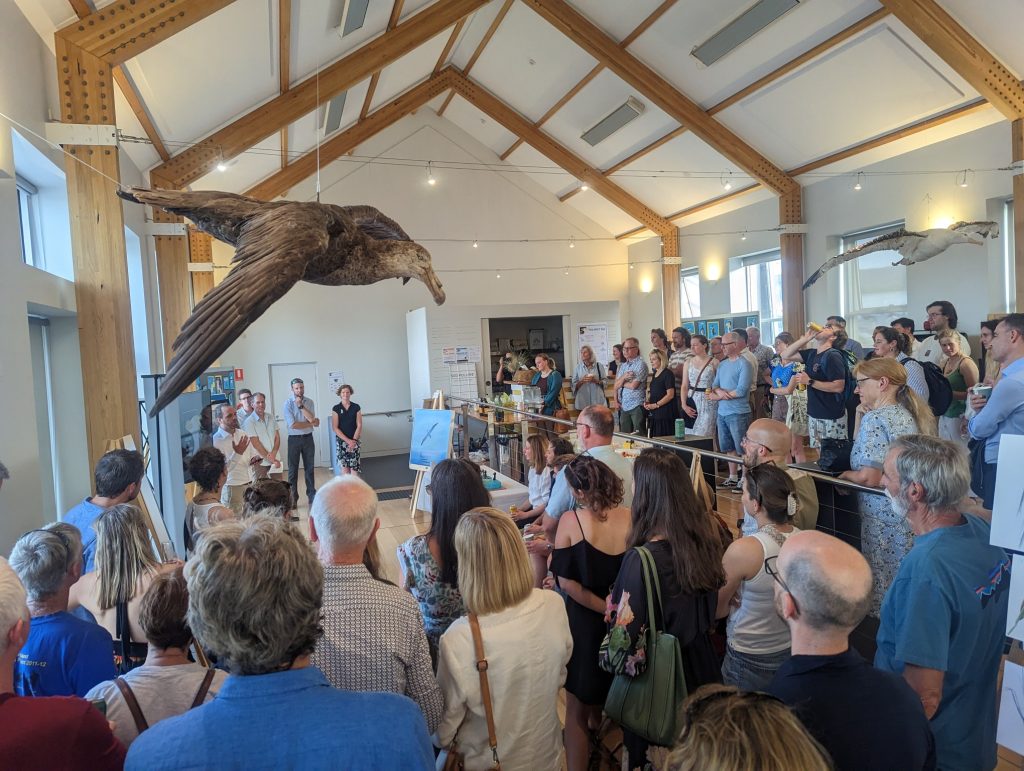NGOs are Australia’s diverse and growing environmental ‘cavalry’ – and we stand together
Now that NGT has just ticked over 11 years since we began operations, it is becoming clear that we can’t really call ourselves the “new kids on the block” anymore. To look back and see just how far we have come since January 2012, here are newsletter stories from our 5th Anniversary, and our 10th Anniversary to fill you in on a few steps along way!
With this in mind, I have now been asked a number of times over the past few years to share elements of our story with others, both before we started NGT and since. This has been a really interesting experience (and I guess this means we must be doing something right!). By sharing the story of how NGT came about, I can now say that we have been able to ‘pay forward’ the generosity shown to me by Lizzie Corke and Shayne Neal (Co-Founders of the Cape Otway Conservation Ecology Centre) almost 12 years ago. In mid-2011 I went to see them asking lots of questions about the model they had chosen for setting up a not-for-profit organisation and what they had learned along the way. What they had to say, and the materials and information they openly shared, definitely saved me a lot of time and helped to influence the organisation that NGT was to become (yes, this was before we had a name!).
I was thinking about this again today, as I coincidentally happened to be passing through Hobart when Australia’s newest NGO was launched – the Macquarie Island Conservation Foundation. In case you are wondering, I was en-route to the east coast of Tasmania for kicking off the latest phase of wetland remediation works near Moulting Lagoon, which we will share in the newsletter next month.
The Macquarie Island Conservation Foundation (MICF) has been created by a group of people who are passionate about the island and wanted to enable and encourage philanthropic investment in key activities that will protect and conserve this unique natural environment. They also happen to be good friends of Cath Dickson, who has been friend and colleague of mine for almost 2 decades.
For long-time NGT newsletter readers, you might recall that Cath was involved from the earliest stages with NGT (as one of the first people I asked to join our Committee back at the start), and then worked for NGT for several years. Cath then did her PhD research on Macquarie Island and now lives in Hobart where she works with the Tasmanian Land Conservancy (TLC). Via Cath’s connection, over the past few years we were able to share a few insights and information from our experiences with NGT when the concept for the MICF was under development. It is really wonderful to now see this new NGO up and running, and filling an important gap. I wish the The Macquarie Island Conservation Foundation all the best with the exciting journey that lies ahead and encourage you to check out their website.

While I think of it, the other relatively new organisation that I will give a quick plug to is the Wetland Revival Trust (WRT), founded by Damien Cook and Elaine Bayes.
Damien has been a long-time friend and supporter of NGT, so it was great to be able to share some of the finer details about the start-up phase of NGT with him when they decided to take the leap into establishing a new NGO. Despite our overlapping interest in wetlands, the geographic and thematic focus of the Wetland Revival Trust has some key differences to NGT, so we are finding that our work and interests are highly complementary, which is fantastic. To find our more about the Wetland Revival Trust, please visit their website.
Thinking about the bigger picture, in terms of the general NGO ‘landscape’ across Australia, a really interesting question to ponder (that I have certainly heard others pose from time to time) is whether there could ever be such a thing as too much diversity, or too many NGOs?
The more I have personally mulled over this question, the more I think that diversity in the NGO sector is a really good and healthy thing. Smaller organisations can much more readily connect with people, maintain their identity and stay true to their purpose, and they are less bureaucratic, more nimble and dynamic. Of course, a potential down side for smaller organisations can be ensuring their longevity and financial stability, which is why NGT took the step of setting up the NGT Foundation and evolving our management structure last year, as we emerged from our start-up phase.
Wherever you are, why not find out which NGOs are busy in your area? If you like what they do and can see that they are passionate about their work and good at it, then I encourage you to support them in whatever way you can.
As Professor Hugh Possingham stated in his recent excellent article in the Conversation, the task of repairing and caring for Australia’s environment needs us all to be engaged participants and to support our highly active NGO sector, which has become critical to conservation efforts across the continent.
He concluded by saying:
“It’s not just the government’s problem. It’s a collective problem, which means it’s also your problem.
More and more of us now realise the cavalry isn’t coming to the rescue. We are the cavalry.”


